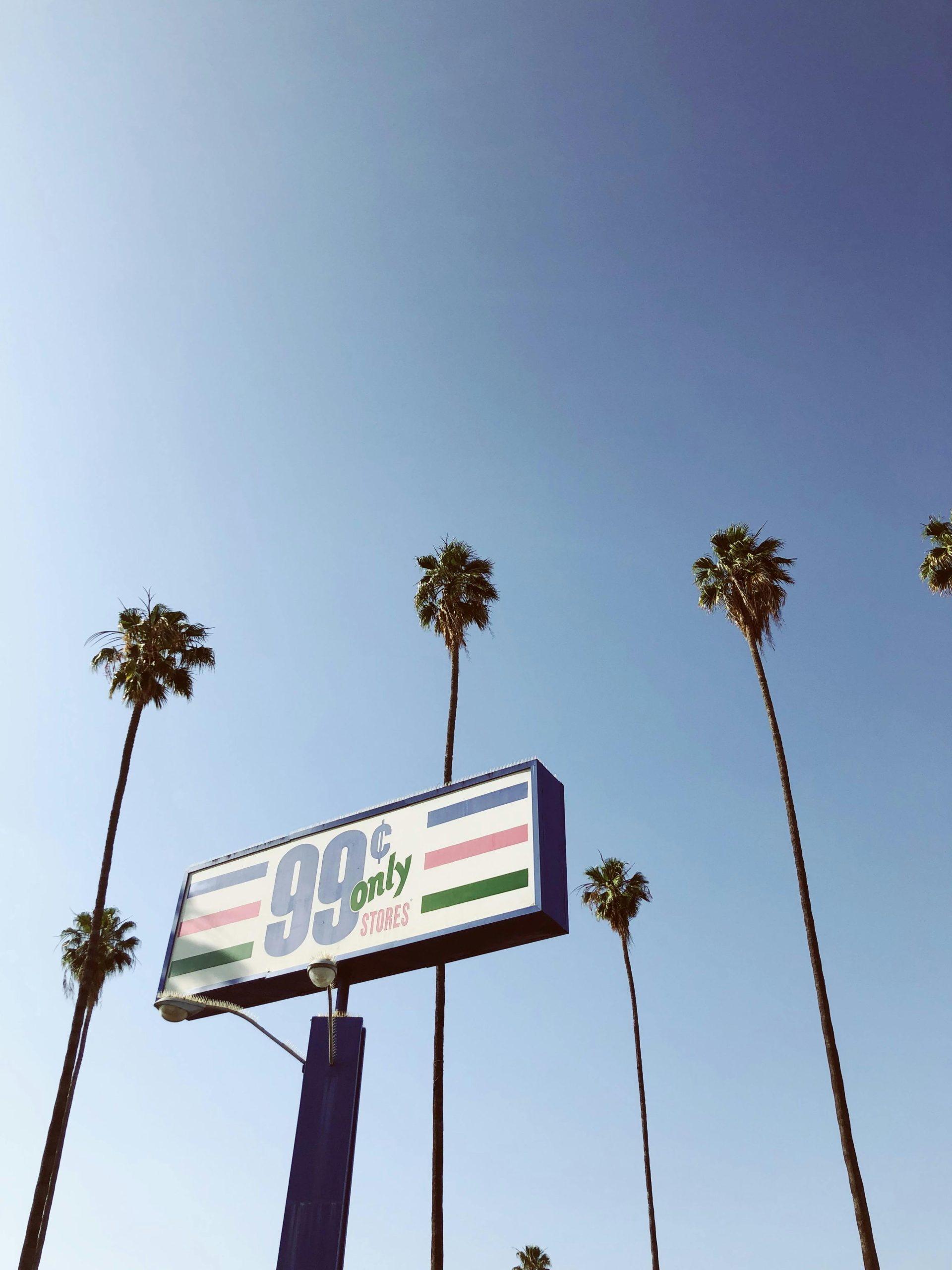Maximizing Advertising Efficiency: Why Marketers Should Rethink Their Media Spending Strategy
In the rapidly evolving landscape of digital advertising, understanding where and how consumers engage with content is crucial for maximizing return on investment. A recent analysis reveals a staggering inefficiency in current media spend: approximately 70% of advertising budgets are allocated to low-attention media platforms, where audiences typically devote less than two seconds to each ad.
The Reality of Low-Attention Media
Social media channels dominate the advertising landscape, accounting for the vast majority of ad expenditure. While these platforms offer unparalleled reach, they pose a significant challenge for advertisers aiming for meaningful engagement. The average attention span for ads on social media is roughly two seconds—far too brief for messages that require comprehension or emotional resonance.
The Power of Premium Media
In stark contrast, premium media outlets such as The Economist, Disney+, and Spotify deliver high-quality content within a clean, uncluttered environment that fosters focused engagement. Ads placed within these environments benefit from viewers’ higher attention levels, with audiences dedicating between three to nine seconds to ad content—duration sufficient for deeper message absorption.
Research from The Trade Desk and PA Consulting (June 2025) indicates that purchase intent increases by up to 40% when ads are featured in such premium contexts. This suggests a significant opportunity for brands willing to shift their budgets toward high-attention media.
Differentiating Attention Types
Current advertising strategies often rely on metrics of reach and exposure, assuming that widespread visibility will translate into sales. However, data shows that attention metrics alone are weak predictors of sales conversion. In contrast, when attention is measured alongside factors like ad resonance, contextual relevance, and user focus, their predictive power improves dramatically:
- Brand Recall: Attention metrics in conjunction with resonance are eight times better at predicting brand recall.
- Brand Favorability: These combined metrics are four times more effective at predicting positive brand perception.
Rethinking Marketing Priorities
So why do marketers continue to prioritize low-attention, high-reach channels? The reasons are multifaceted—habitual behaviors, scale advantages, and an obsession with impression counts often overshadow the potential benefits of more focused, high-attention media.
Given that a modest 5% increase in audience attention can lead to up to double the improvement in brand perception, reallocating even a small portion of ad budgets toward premium media could yield substantial gains.
Conclusion
Transitioning marketing investment toward high-attention platforms is

